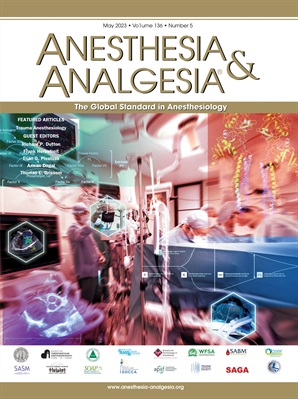The Physiology of Cardiopulmonary Resuscitation

Highlights
- Based on the published reports, the overall survival rates after cardiac arrest are grim, ranging from 1% to <20% for out-of-hospital nontraumatic cardiac arrest and <40% for in-hospital cardiac arrest (View Highlight)
- With each compression, both the aortic and the right atrial pressures increase, with right atrial pressure similar to, or sometimes higher than, left-sided pressures (View Highlight)
- It is speculated that the increase and decrease of ICP during CPR is secondary to changes in intrathoracic pressure transduced through the paravertebral venous/epidural plexus and spinal fluid to the intracranial compartment.68 ICP increases with each positive pressure ventilation (View Highlight)
- Right atrial, right ventricular, and pulmonary artery pressures increase in parallel with each compression (View Highlight)
- During CPR, the coronary artery perfusion pressure is generally calculated as the difference between the aortic and the right-sided pressures (View Highlight)
- During the decompression phase, the heart is refilled after it has emptied from the previous chest compression.82–87 This refilling process is extremely inefficient during CPR, especially during S-CPR when passive chest wall recoil provides the only force able to draw blood back into the right side of the heart. This effect may be even more accentuated in individuals in whom chest recoil is impaired, including patients with broken ribs (View Highlight)
- Over the past 20 years, PPV, essential for providing O2 and removing CO2, has proven to be important, but not as essential as chest compression, during CPR (View Highlight)
- excessive ventilation rates were associated with a marked decrease in cerebral and myocardial perfusion pressures and markedly increased mortality (View Highlight)
- after the first few minutes of CPR, the absence of periodic PPV reduces blood flow through the lungs secondary to collapse of both the bronchioles and the pulmonary vasculature.11 This can cause a profound decrease in cerebral oxygenation and perfusion (View Highlight)
- Cough CPR has been reported to maintain circulation and consciousness in patients in ventricular fibrillation for many minutes (View Highlight)
- For most pediatric patients, the age of 8 years correlates with a close approximation to the adult, from an anatomic and likely CPR physiologic perspective (View Highlight)
- open chest CPR provides about twice as much blood flow than S-CPR (View Highlight)
